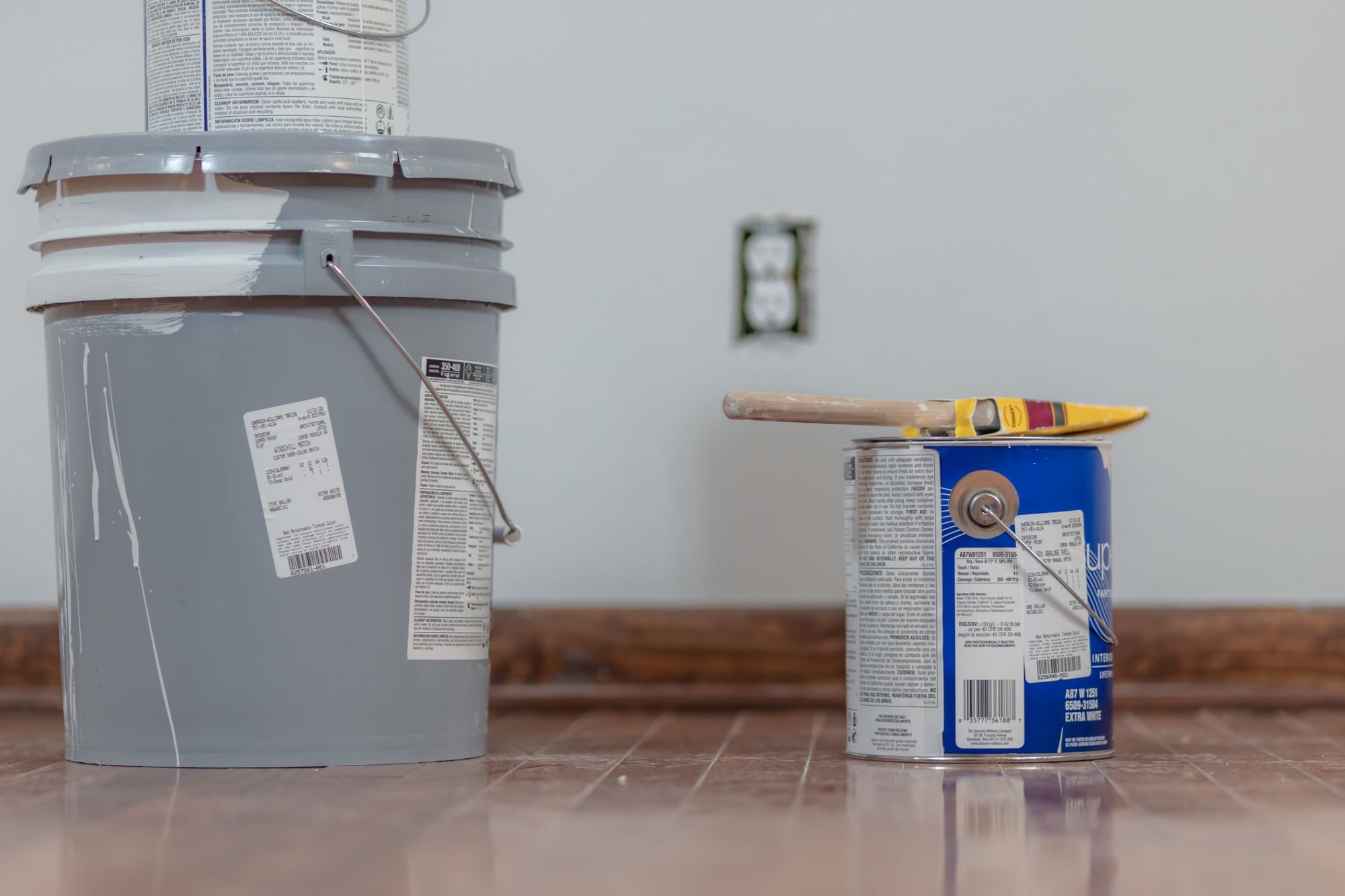Eco-Friendly Choices in Home Painting
Lead-based paints were banned from residential use in 1978.
From the ingredients in paint to the supply chains, some paint companies still fall short of maintaining environmental standards. For home improvements, painting or renovating a home, or scouting for a professional painter, these tips will help homeowners make eco-friendly choices for home painting.
Inspect an old home for any lead paint
Lead-based paints were banned from residential use in 1978. However, homes built before that may still have the original coat of lead paint on their walls. Therefore, contact a painter to assess and inspect older homes for lead paint.
When lead paint is damaged or tampered with, such as during paint removal, chips or dust from it are released into the air and can contaminate water and soil. Besides causing environmental damage, lead paint can cause health issues with nearby occupants, and if absorbed into the bloodstream, it can cause nerve, brain, and kidney damage.
Select environmentally-friendly paint
Many house paints contain strong chemicals, volatile organic compounds (VOCs), that can cause harm when inhaled. Paints with a low VOC or 0 VOC cost a bit more but are more friendly to the environment and the residents’ health.
Natural house paints, which contain chalk, dyes, resins, clay, and other natural ingredients, are also available on the market. Most of these paints are water-based and easy to clean using water and soap. They might make a bigger dent in your wallet, but safety and peace of mind don’t have a price.
Contact a professional eco-friendly painting company for guidance on selecting the best paints for home renovation projects.
Refrain from using turpentine and other toxic chemicals
When painting with oil paints, some people use solvents such as turpentine to thin or clean paint brushes. These solvents can release harmful fumes into the air. When using paint thinners, keep the lid shut until you need it.
When handling these chemicals, always wear gloves and avoid touching the skin where possible. Leftover thinner can evaporate outside to prevent inhalation. Also, discard larger quantities at the nearest hazardous waste center. It is best to clean paint brushes and rollers with warm water and soap. Furthermore, some paint shops sell specialty brush-cleaning soaps.
Consider reusing leftover paint
Reusing leftover paint is a great way to make painting a home more eco-friendly. Donate unused paint to local theater groups, community projects, or schools instead of throwing it away.
The U.S. also has a few paint recycling programs that accept unused paint and repurpose it or remix it into new paint instead of letting it soak away in landfills.
Consult a professional painting company
Making these eco-friendly choices will ensure no contamination or environmental damage when renovating a home. For a professional painting job, consider hiring a painter instead of going DIY, and choose one that’s eco-friendly. Many modern painters keep up with eco-friendly practices and source their products to stay “green.”
Absolute A Painting Company is a full-service, custom painting service company in Norfolk, Virginia, offering creative and innovative solutions for your business. For fourteen years, we have delivered quality work with customer service and satisfaction is our top priority. Absolute A Painting Company is dedicated to excellent craftsmanship and customer satisfaction. We serve Norfolk, Suffolk, Chesapeake, Virginia Beach, Newport News, Hampton Roads, Portsmouth, and surrounding cities. Call us today at (757)260-3556.

